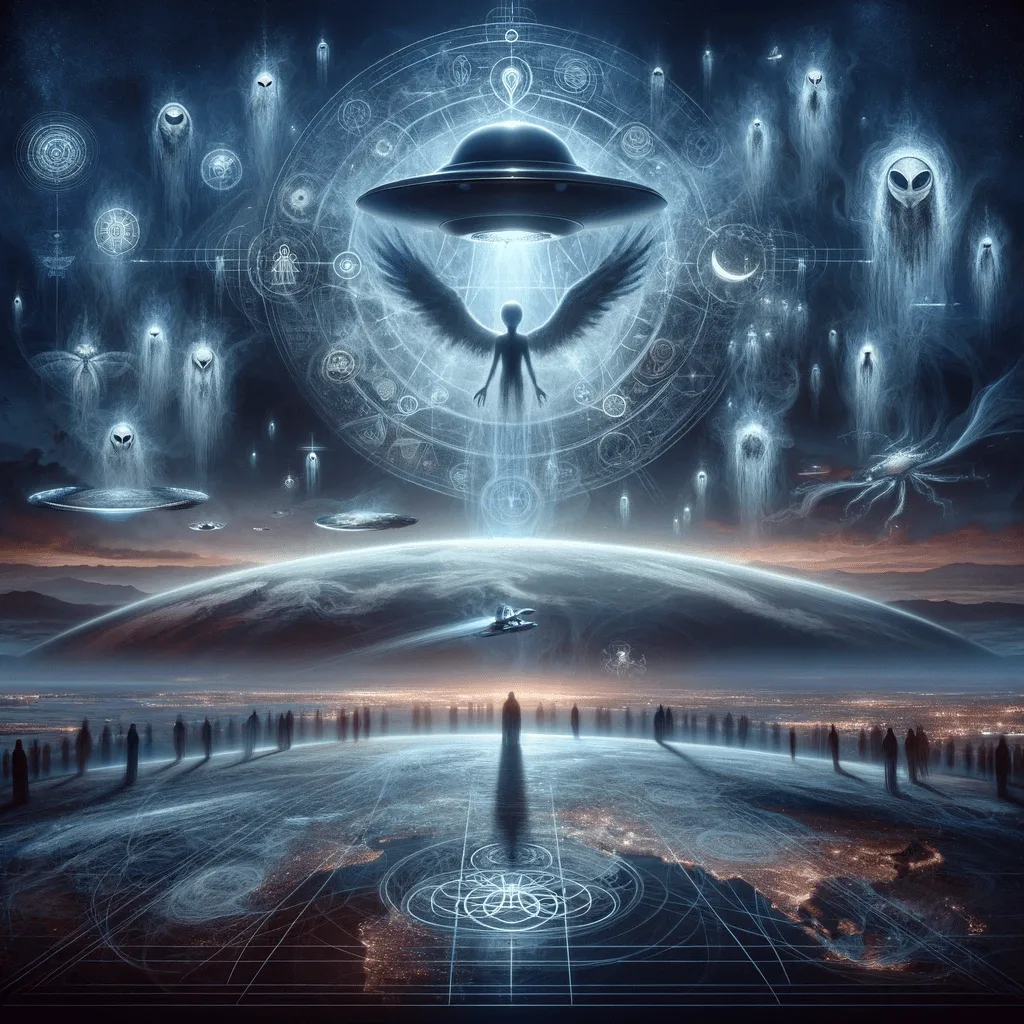The Case for the UFO

“The Case for the UFO” is a book written by M.K. Jessup in 1955. In the book, Jessup presents his research and observations about the existence of extraterrestrial life and the reality of flying saucers. He argues that the evidence for extraterrestrial life and flying saucers is strong and that the government has been hiding this information from the public.
Here are some of the key points and claims made by Jessup in “The Case for the UFO”:
- Extraterrestrial life exists: Jessup argues that there is strong evidence to support the existence of extraterrestrial life, including observations of flying saucers and other phenomena. He presents his own research and observations as evidence of extraterrestrial life.
- Flying saucers are real: Jessup claims that flying saucers are real and that they are evidence of extraterrestrial life visiting Earth. He presents his own research and observations as evidence of the existence of flying saucers.
- The Philadelphia Experiment: Jessup claims to have been in contact with an individual who was involved in the so-called “Philadelphia Experiment,” a controversial incident that was said to have taken place in 1943. He claims that this individual provided him with information about the experiment.
- Extraterrestrial influence on human history: Jessup argues that extraterrestrial beings have been visiting Earth for thousands of years and have been influencing human history and culture.
- The government is hiding the truth about extraterrestrial life: Jessup claims that the government has been in contact with extraterrestrial beings and has established a secret “galactic federation” to govern interactions between humans and extraterrestrial civilizations. He also claims that the government has been hiding this information from the public for too long.
It is worth noting that these claims made by Jessup in “The Case for the UFO” have not been widely accepted or supported by the scientific or government communities, and they remain the subject of debate and speculation. Until there is solid scientific evidence to support these claims, they will likely remain controversial and widely disputed.

